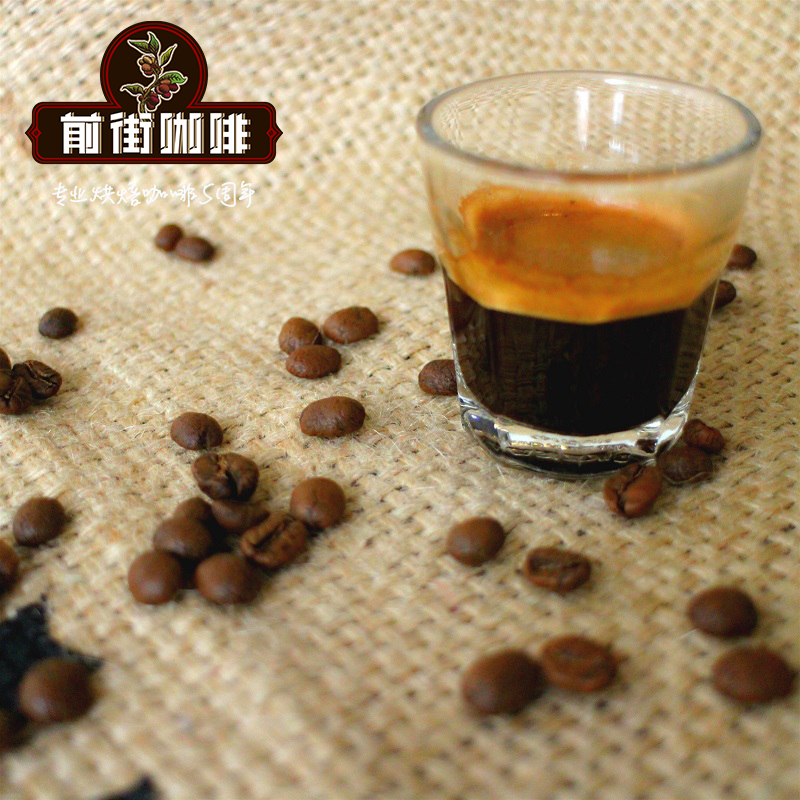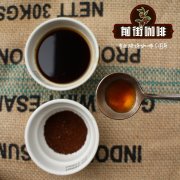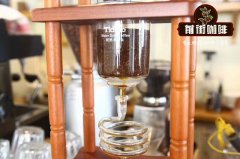Costa Rican boutique coffee beans Harras Manor introduces the Black Soul

Professional coffee knowledge exchange more coffee bean information please follow the coffee workshop (Wechat official account cafe_style)
The history of coffee in Costa Rica can be traced back to 1779. Today, the high-quality coffee beans that best represent Costa Rica come from Tarazu, the western valley, and the Zhongbu valley. Run by the Chac ó n family for three generations, Las Lajas Manor is a beautiful coffee farm with its own ecological treatment plant. It is located in the fertile hills of the Poas volcano in the central valley of Costa Rica.
Since taking over in 1990, Francisca has invested in the establishment of nature conservation organic agriculture in a unique and innovative way, and in 2000 it has become one of the most officially certified coffee estates in Costa Rica, and the high-quality coffee produced is also famous in the market.
They believe that organic farming is a better choice for environmental protection and the health of their families, and they still adhere to this belief even in the face of many technical and organizational challenges. The establishment of a natural shaded manor by organic planting is a long-term investment process, shaded by native trees; the planting process does not use chemical fertilizers and pesticides at all, but is increased by natural and homemade compost.
Nutrients, and do a good job of soil and water conservation on the farm. It usually takes three to five years for this type of organic planting to be recognized as organic until the analysis of the soil, branches, leaves, and fruits does not see the listed chemicals.
The Lajas processing plant only collects coffee cherries that are fully ripe and of good quality. during the harvest season, they use sugar meters to measure ripe berries to ensure that the fruits with the highest sugar content are made (up to 21% 22%). Use the least amount of water when handling raw beans
The pulper removes the pericarp and places the peas with pectin on the so-called African scaffolding to keep the right amount of air in the drying process to produce sweeter and cleaner coffee. The waste residue produced during the treatment process is recycled as pulp and fertilizer to maintain the natural balance of the ecological environment.
Lajas Manor in 2009, also in Costa Rica, was the first estate to use tanning and honey treatment to participate in the Excellence Cup competition (Cup of Excellence auction).
The Lajas processing plant has two quite special sun products, ─ Black Pearl and Black Soul, which are treated with raw coffee beans very close to 100% traditional sun exposure and very close to the so-called black honey treatment.
They use special treatment to prolong the drying time of black pearls and black souls on the scaffolding, but the difference is:
The black pearl is dried and fermented at a low temperature, while the black soul is dried at a high temperature.
After fermentation in such a different temperature environment, the black pearl will produce a more obvious meticulous flavor and sweet feeling, while the black soul presents a rich and strong sun tone.
Important Notice :
前街咖啡 FrontStreet Coffee has moved to new addredd:
FrontStreet Coffee Address: 315,Donghua East Road,GuangZhou
Tel:020 38364473
- Prev

A brief Analysis of the boutique Coffee Bean Manor in El Salvador
Professional coffee knowledge exchange more coffee bean information please follow the coffee workshop (Wechat official account cafe_style) country: El Salvador production area: Charat Nan Guo Grade: SHG treatment: black honey treatment altitude: 1400-1500m varieties: Pacas Pacas 2015 COE 12th 2014 COE 4th 2013 COE 4th active volcanic activity brought to the country
- Next

Description of the flavor of Kaddura Costa Rican coffee from the Central American Costa Rican Pillon processing plant
Professional coffee knowledge exchange more coffee bean information Please follow the coffee workshop (Wechat official account cafe_style) Coffee beans produced in the high latitudes of Costa Rica are famous in the world, rich, mild taste, but extremely sour, the coffee beans here have been carefully processed, which is why there is high quality coffee. Tarasu is located in San Ho, the capital of Costa Rica.
Related
- Detailed explanation of Jadeite planting Land in Panamanian Jadeite Manor introduction to the grading system of Jadeite competitive bidding, Red bid, Green bid and Rose Summer
- Story of Coffee planting in Brenka region of Costa Rica Stonehenge Manor anaerobic heavy honey treatment of flavor mouth
- What's on the barrel of Blue Mountain Coffee beans?
- Can American coffee also pull flowers? How to use hot American style to pull out a good-looking pattern?
- Can you make a cold extract with coffee beans? What is the right proportion for cold-extracted coffee formula?
- Indonesian PWN Gold Mandrine Coffee Origin Features Flavor How to Chong? Mandolin coffee is American.
- A brief introduction to the flavor characteristics of Brazilian yellow bourbon coffee beans
- What is the effect of different water quality on the flavor of cold-extracted coffee? What kind of water is best for brewing coffee?
- Why do you think of Rose Summer whenever you mention Panamanian coffee?
- Introduction to the characteristics of authentic blue mountain coffee bean producing areas? What is the CIB Coffee Authority in Jamaica?

